Andean Altiplano
The focus of this site is the Andean Altiplano, found in southern Peru, western Bolivia, northeastern Chile and northwestern Argentina (where it is called "puna"). For Maps please click here. In this plateau, which starts at 3,000 meters of altitude but more commonly attains 4,000 meters, we find a unique environment:
The pure and crystalline atmosphere offers us a deep blue sky with an intense light
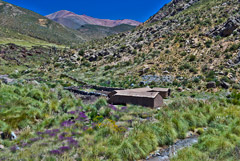 The challenge, and hope, that stem from the millenial human presence
The challenge, and hope, that stem from the millenial human presence
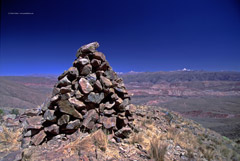 The "apachetas", rock cairns, man-made
The "apachetas", rock cairns, man-made
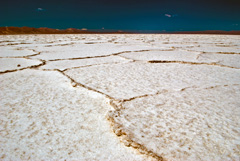 The "salares", immense salt flats
The "salares", immense salt flats
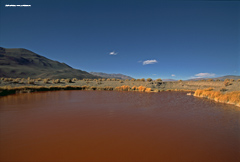 The lagoons, in red, blue, green, and white hues
The lagoons, in red, blue, green, and white hues
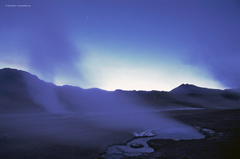 The abundant hot springs, gifts from Pachamama (the mother of the earth)
The abundant hot springs, gifts from Pachamama (the mother of the earth)
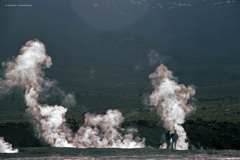 The more enthusiastic hot springs become geysers
The more enthusiastic hot springs become geysers
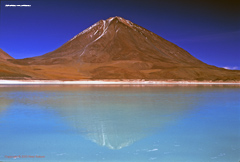 The volcanoes, many with perfect conical edifices
The volcanoes, many with perfect conical edifices
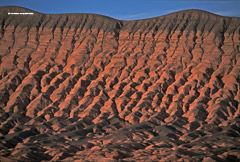 Rocks carved by water and wind, in the most outrageous shapes and colors, reminding us of man-made monuments
Rocks carved by water and wind, in the most outrageous shapes and colors, reminding us of man-made monuments
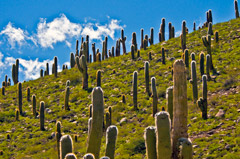 The "cardones", gigantic cacti resembling guardians of the Altiplano
The "cardones", gigantic cacti resembling guardians of the Altiplano
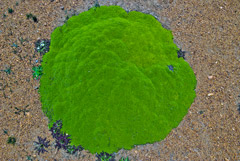 The "yaretas", ground-hugging evergreens
The "yaretas", ground-hugging evergreens
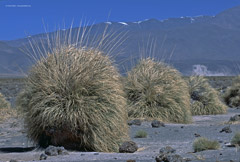 The "cortaderas", huge gramins used by man for roofing
The "cortaderas", huge gramins used by man for roofing
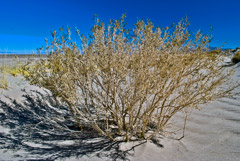 The "rica-rica" bushes, with their pleasant fragrance
The "rica-rica" bushes, with their pleasant fragrance
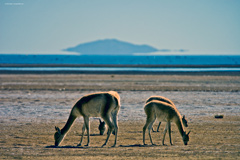 The camelids - the llama, vicuña, guanaco and alpaca
The camelids - the llama, vicuña, guanaco and alpaca
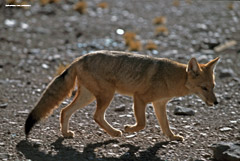 The foxes, tame loners
The foxes, tame loners
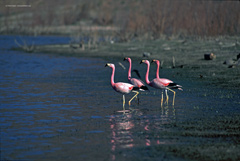 The flamingoes, searching for food in the lagoons
The flamingoes, searching for food in the lagoons
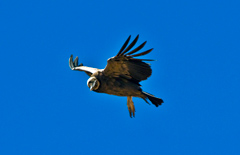 The condors, terrestrial birds with the biggest wing span
The condors, terrestrial birds with the biggest wing span
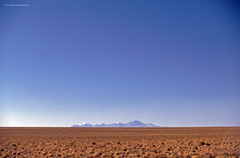 The simplicity of the Altiplano purifies us.
The simplicity of the Altiplano purifies us.
Actor Brian Cox, in the film "25th Hour", by Spike Lee...
The Andes Cordillera is the longest mountain range in the world - stretching more than 7,000 kilometres from Columbia to Tierra del Fuego, along the western edge of the South American continent, not far from the Pacific Ocean. Generally, the width of the Cordillera ranges from 200 to 300 kilometres, but in its central part, it widens to more than 600 kilometres. Its highest peak is the Aconcagua, with 6,962 meters above sea level (22,841 feet), on the border of Argentina and Chile. Other noteworthy peaks are: Ojos del Salado (6,893 m), Pissis (6,795 m), Llullaillaco (6,739 m), Illimani (6,438 m), Huascarán (6,768 m), Chimborazo (6,267 m). In altitude it is second only to the Himalayas.
The geology of the Cordillera varies significantly. Add to this the effects of the climate, which goes from sub-polar, in Tierra del Fuego, to arid in the center, and tropical in Peru, Equador and Columbia, the differences in the landscape are marked. For example, the Cordillera Blanca, in Peru, is part of the Andes, and is known for the presence of glaciers, glacial lagoons, "U"-shaped valleys and permanently snow-covered mountains (hence its name). This is a typical "alpine" scenery. In Patagonia, extreme south of the continent, although the peaks are lower, there are also glaciers, glacial lagoons and permanently snow-covered mountains.
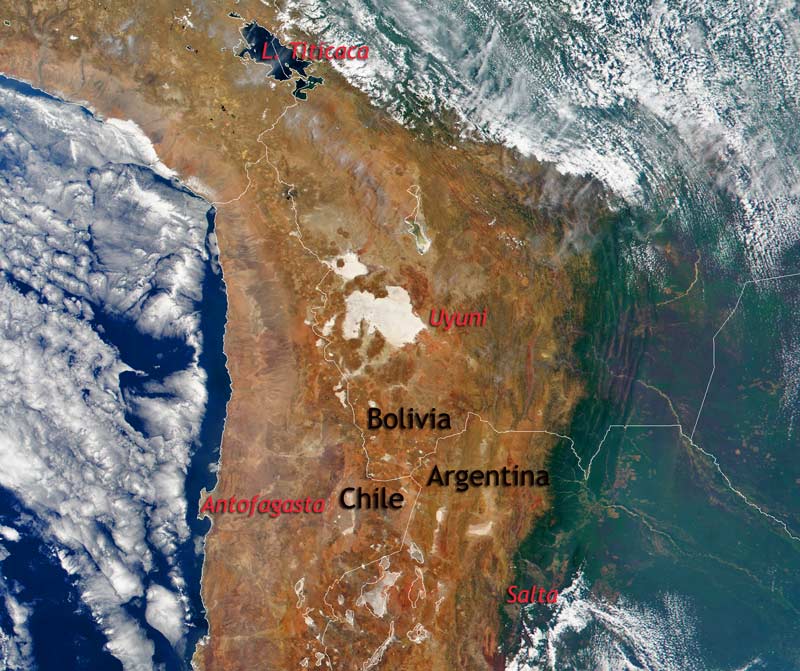
The south-central part of the Cordillera, between 15°S and 30°S of latitude, widens to 650 km, and here we note a different landscape - the "altiplano": a vast plateau, with average altitude of more than 3,000 metres. To the west the Altiplano is limited by the Cordillera Ocidental, composed of a series of volcanoes, some extinct or dormant, others active, and to the east by the Cordillera Oriental, a fold and thrust belt. Only the Tibetan altiplano is larger in size and height.
Lake Titicaca, on the border of Peru and Bolivia, is part of the Altiplano. The Uyuni Salar, largest in the world, also in Bolivia, is another spectacular feature of the Altiplano. The southern part of the Altiplano is arid; on its western side is the Atacama desert. This dryness stops the formation of glaciers, "U"-shaped valleys and glacial lagoons, as well as the accumulation of "permanent" snow on the peaks. The white features we see in the landscape are usually the salt which deposits in the lower parts of the plateau, known as salars.
Plate tectonics is the geological phenomenon that creates the Andes Cordillera: the oceanic Nazca plate and the continental South American plate move against one another. The oceanic plate, heavier, penetrates under the continental, in what is called subduction. This process started in the Upper Cretaceous period (65 millions of years ago) and continues, as indicated by the earthquakes and volcanic activity along the Cordillera. Throughout geologic time, the oceanic plate melts, resulting in magma, and when it reaches the surface volcanism occurs; other geologic processes that result from the subduction are uplifting, faulting and folding of the rocks of the South American plate.